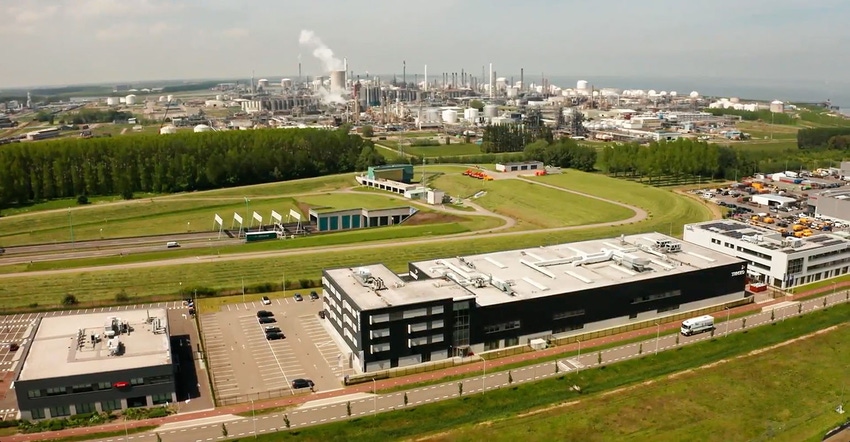Contaminated Plastic Waste Finds New Life via Dissolution Recycling
In April of this year, Trinseo inaugurated its dissolution recycling pilot plant for polycarbonate in the Netherlands. In this article, Trinseo’s Ben Porter explains how the technology works and the role it can play in furthering the circularity of plastics.
July 25, 2023

Ben Porter
Recycling technology innovation has continued to evolve to address the world’s plastic waste. However, one issue consistently remains — limited feedstock of high-quality recyclable materials. Contamination has been an ongoing concern — materials that have coatings or films or that are painted, printed, or colored, for example — as the chemical industry attempts to address plastic waste. Most of these streams historically have been discarded into landfills or incinerated because traditional recycling technologies could not process highly contaminated feedstocks.
As the industry prepares for new regulations in Europe targeting end-of-life disposal — such as the new End-of-Life Vehicle Directive — companies must begin thinking about how to handle complex materials. Dissolution is one new technology that can overcome these challenges.
A truly circular process
“Dissolution recycling” is a physical recycling process where the desired polymer is extracted using selective solvent(s). The extracted polymers can then be used to make new recycled materials. The dissolution process is an advanced technology by which pre- and post-consumer materials containing the wanted polymer can be put directly into the solvent without any significant pre-treatment. The solvent will dissolve the desired material while all other waste remains solid and can be filtered out. The dissolved polymer extracted is 100% recycled and can be used for compounding into new materials. Additionally, the remaining materials can then be processed further through a cascade of other recycling technologies. Making this process truly circular, the used solvent can be recovered and recirculated within the recycling system, which is also cost-effective. As described, this physical recycling technology does not require extensive pre-treatment, such as over-sorting, and obtains a high conversion rate. Dissolution recycling is considered a robust technology and will have a vital role to play in the future circularity of plastics.
One material that has significant promise for dissolution is polycarbonate (PC). Being a versatile engineering polymer, many PC-based applications are currently being landfilled or incinerated at end of life: PC and PC/ABS in automotive applications, glass-filled or flame-retardant PC, and PC/ABS in consumer electronics are all considered highly contaminated. These can now be recycled via dissolution. The resulting recycled polymers are transparent and can be used in high-demand applications, such as super-white-based color materials or those in need of high-purity feedstocks, thus providing the needed flexibility for product designers and offering expanded design with recyclate options.
Dissolution recycling a drop-in technology
Dissolution technology for PC can be beneficial for many companies, as it is a drop-in solution that is easy to adapt with no substantial investment. The resulting recycled material is of virgin-like quality and performance, enabling it to be used in many applications. Additionally, products made with recycled PC have a significantly lower carbon footprint than those made with traditional fossil-based counterparts. This technology is a breakthrough recycling innovation that provides a practical, circular solution for handling end-of-life products that are encountered in daily life.
This technology is not limited to PC: Cmpanies across the chemical industry are exploring this process with polystyrene, polyethylene food packaging, polypropylene, and more. Additionally, the European Union has invested in this research through the ABSolEU project, which is funded under the Horizon Europe program. It is a collaborative initiative exploring the circularity of acrylonitrile butadiene styrene (ABS) through dissolution.
Dissolution is complementary to other mechanical recycling processes, enabling industry to maximize the reuse of plastic waste that otherwise would be discarded. As companies and governments investigate how to manage plastic waste and invest in circular technologies, dissolution could be the solution.
|
About the author
As Trinseo’s Global Sustainability Business Development Manager, Ben Porter accelerates the company’s portfolio transformation toward more sustainable plastic solutions across all markets. Serving as program manager, Porter was instrumental in the opening of the company’s polycarbonate dissolution pilot facility at its Terneuzen site in the Netherlands.
You May Also Like



